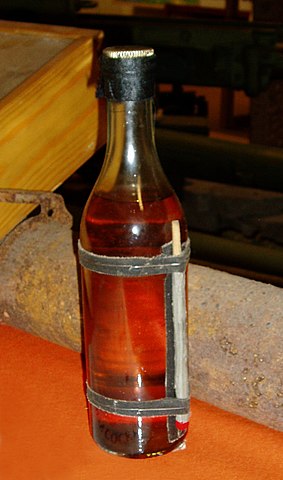December 16th 1944: Hitler unleashed his remaining armoured reserves in the West, rather than safe them to use against his mortal enemy in the East.
Two Panzer Armies, the 5th under the respected and highly able Hasso Von Manteuffel and the 6th under Hitler’s favourite and highly decorated Sepp Dietrich, shattered the calm of a quiet Winter in the lightly defended Ardennes to start what has become to be known as the Battle of the Bulge.
The plan was simple: take advantage of bad weather and reduced Allied Air Superiority to smash the best Germany could offer against a weak and surprised American Army(Hodges 1st)and reach Antwerp. I am sure no realistic German commander believed this even a possibility, but total surprise was realised and shock waves caused throughout the depleted Allied chain of command.(Many were on Christmas leave.)
The 5th Panzer contained the 47th and 58th Pz Corps: 2nd, 116 and Pz Lehr Divisions, about 250 tanks. The 6th contained the vaunted 1SS Pz Corps(formerly Dietrich’s command) under Hermann Priess and had the best tanks at the time. 1SS Pz had 80 and 45 King Tigers. The 12SS Pz 80 MK IVs and Panthers. Both Divisions counted 22000 men apiece.
Many Infantry Divisions were scheduled to fight alongside the Panzer Divisions and keep pace as best they could; none were mechanised and would find the tiny roads hard going.
The Southern shoulder of the planned attack, close to the Luxembourg border, was covered by Brandenberger’s 7th Infantry Army(for the most part, reconstituted Normandy Divisions).
The US Divisions standing in the way of this German juggernaut were from Middleton’s 8th and Gerow’s 5th Corps: 2nd, 28th, 99th and 106th Infantry Divisions, with a reserve of the
7th and 9th Armour. Most of the units were green or had been bloodied in the Hurtgen Forest.
To aid in confusing the enemy, Hitler added Operation Grief to the offensive. This entailed Germans dressing as Americans so as to capture important bridges and send units the wrong way. Otto Skorzeny, of Mussolini’s rescue fame, was given a mechanised Brigade of captured US equipment to spearhead this plan of Hitler’s. Some Paras were also dropped.
For the most part the Americans holding the front lines did a good job of slowing the German advance units. In places a platoon held up the whole advance, but by day’s end the Germans had broken through and were advancing, but behind schedule. Their greatest success had come on 5th Panzer’s front and not in the North on the 6th’s front, where the man expected to advance the furthest, SS Lt Col Jochen Peiper was duly frustrated by the traffic jams developing. His Division commander, aware of how hard manoeuvring would be in this terrain and weather, had allocated Peiper, his Pz Regiment Commander, the lead with his 100 tanks and intrinsic Engineer Company, with the addition of the Division’s motorised Infantry Battalion. Much was expected of Himmler’s former Adjutant.







